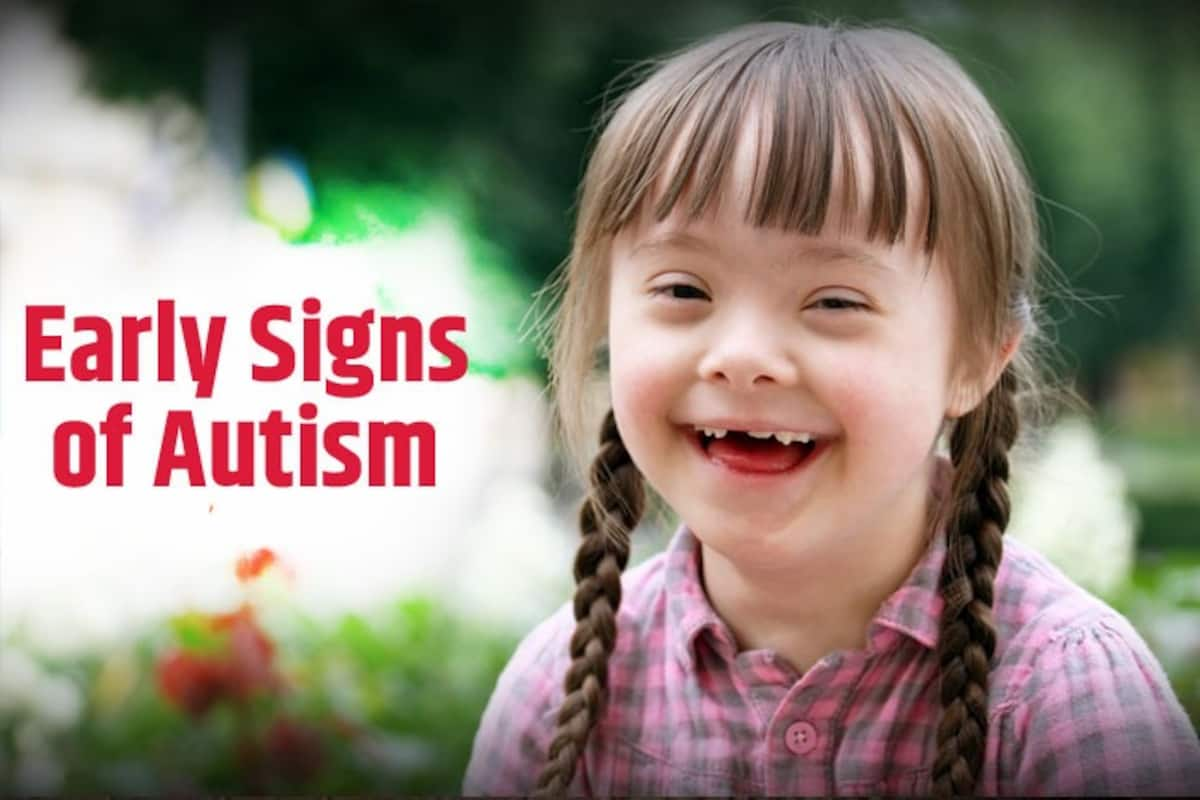Just how to Produce an Inclusive Atmosphere for Friends and Family Members with Autism
Just how to Produce an Inclusive Atmosphere for Friends and Family Members with Autism
Blog Article
Checking Out Autism: Techniques for Effective Communication and Interaction
Effective interaction and communication with people on the autism range require a comprehensive understanding of their unique needs and choices. The intricacies of these techniques reveal additional considerations that merit exploration, particularly in how they can be adjusted to specific experiences and varied contexts.
Comprehending Autism Range Problem
Autism Spectrum Condition (ASD) incorporates a variety of neurodevelopmental conditions characterized by obstacles in social interaction, interaction, and recurring actions. The term "range" mirrors the varied manifestations and varying degrees of seriousness experienced by people with ASD. While some might show significant disabilities, others might present high-functioning characteristics, enabling higher independence in life.
The start of ASD generally happens in early childhood years, with indicators typically recognizable by age two. Very early indicators might include delayed speech development, limited eye call, and difficulties in recognizing social cues. The exact etiology of ASD stays uncertain, research suggests a mix of genetic and ecological aspects plays an essential duty in its development.
As an outcome, interventions and support customized to specific demands are crucial for cultivating communication and social abilities. Acknowledging the intricacy of ASD is crucial for promoting awareness, acceptance, and efficient strategies that assist in purposeful communications with people on the range.

Relevance of Clear Interaction
Reliable interaction is crucial for cultivating understanding and connection, particularly for individuals with Autism Range Condition (ASD) Clear interaction not just promotes social interactions however likewise improves the individual's capacity to share their needs, feelings, and ideas. For individuals with ASD, the subtleties of language can frequently be testing; as a result, using uncomplicated and unambiguous language is essential.
In addition, clear communication helps in reducing frustration and anxiousness that may emerge from misunderstandings. When messages are shared in a consistent and straight manner, individuals with ASD are much better geared up to translate information properly, which can dramatically improve their social engagement and engagement in various settings.
Establishing routines and making use of visual assistances can further strengthen clear communication. These approaches give people with foreseeable frameworks that assist understanding and retention of details. In addition, actively being and paying attention individual during interactions promotes a supportive environment where people with ASD feel valued and comprehended.
Eventually, focusing on clear interaction not only empowers people with ASD however also promotes even more meaningful connections with their peers, caregivers, and the broader area, leading the means for inclusive interactions and collaborative connections. - autism
Non-Verbal Communication Techniques
Communication expands beyond words, and for individuals with Autism Range Problem (ASD), non-verbal cues play a substantial function in communications. Non-verbal communication techniques can consist of faces, motions, body movement, and eye contact, all of which function as important components for sharing feelings and purposes.
Recognizing and analyzing these non-verbal signals can enhance interactions with individuals with ASD. For example, a cozy smile or open stance can develop a welcoming ambience, encouraging involvement. Using visual aids-- such as picture cards her comment is here or signs-- can bridge communication voids and help share messages a lot more effectively.
It is additionally crucial to be mindful of individual area, as people with ASD might have various convenience levels concerning proximity. Observing their responses to physical nearness can educate appropriate adjustments.

Creating Encouraging Atmospheres
Creating an encouraging setting is important for fostering favorable interactions and enhancing the wellness of individuals with Autism Range Condition (ASD) Such environments can dramatically decrease anxiety and produce a sense of safety and security, allowing people to express themselves extra easily.
To attain this, it is necessary to consider sensory level of sensitivities that individuals with ASD might experience. Modifying the physical room to include soft illumination, minimal background sound, and comfortable seats can create a soothing ambience. Furthermore, making use of consistent routines and clear aesthetic schedules can assist people anticipate changes and reduce uncertainty, more promoting comfort.
Social rooms should be structured to reduce frustrating stimuli while offering chances for involvement in preferred tasks. Promoting areas assigned for peaceful time can additionally work as a sanctuary during minutes of stress and anxiety. Importantly, integrating components of selection empowers individuals, enabling them to work out firm in their setting.

Motivating Social Communications
Fostering social communications among people with Autism Range Condition (ASD) calls for intentional approaches that prioritize comfort and involvement. Establishing foreseeable regimens can help in reducing stress and anxiety, making social setups a lot more approachable. Producing structured settings with defined functions and duties permits individuals to engage without the frustrating stress of unstructured social dynamics.
Integrating passions and strengths into social tasks can work as a stimulant for interaction. As an example, arranging team tasks around shared hobbies or topics of fascination can assist in all-natural discussions and connections. Additionally, using visual supports, such as social manuscripts or photographic timetables, can assist in recognizing social signs and assumptions.
Designing appropriate social behaviors is important - autism. Grownups and peers must demonstrate efficient communication methods, including active listening and turn-taking. Role-playing scenarios can also provide a safe space for individuals to exercise these abilities
Last but not least, cultivating peer connections with inclusive practices is important. Encouraging inclusive playdates or team getaways can produce chances for socialization in a comfy setup. By carrying out these strategies, instructors and caretakers can considerably enhance social communications for individuals with ASD, advertising their general social development and health.
Final Thought
To conclude, you could look here efficient interaction and interaction approaches are necessary for supporting people with Autism Range Condition. Stressing clear language, incorporating non-verbal signs, and establishing foreseeable regimens considerably boost interaction and lower anxiety. Producing encouraging environments cultivates safe social interactions, while motivating shared passions assists in important source purposeful connections. Eventually, these methods encourage individuals with autism to navigate social landscapes, promoting their total well-being and enabling the development of long-term relationships.
Reliable interaction and communication with people on the autism range demand a comprehensive understanding of their distinct needs and preferences. Clear communication not only facilitates social interactions but also enhances the individual's ability to express their needs, ideas, and feelings.Promoting social interactions among people with Autism Range Condition (ASD) needs intentional strategies that focus on convenience and interaction. By executing these teachers, caretakers and methods can substantially enhance social communications for individuals with ASD, promoting their general social development and health.
In final thought, effective interaction and interaction approaches are necessary for supporting people with Autism Spectrum Problem.
Report this page